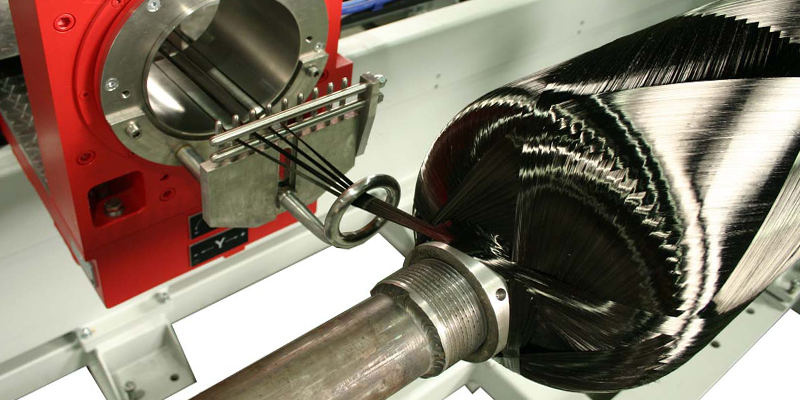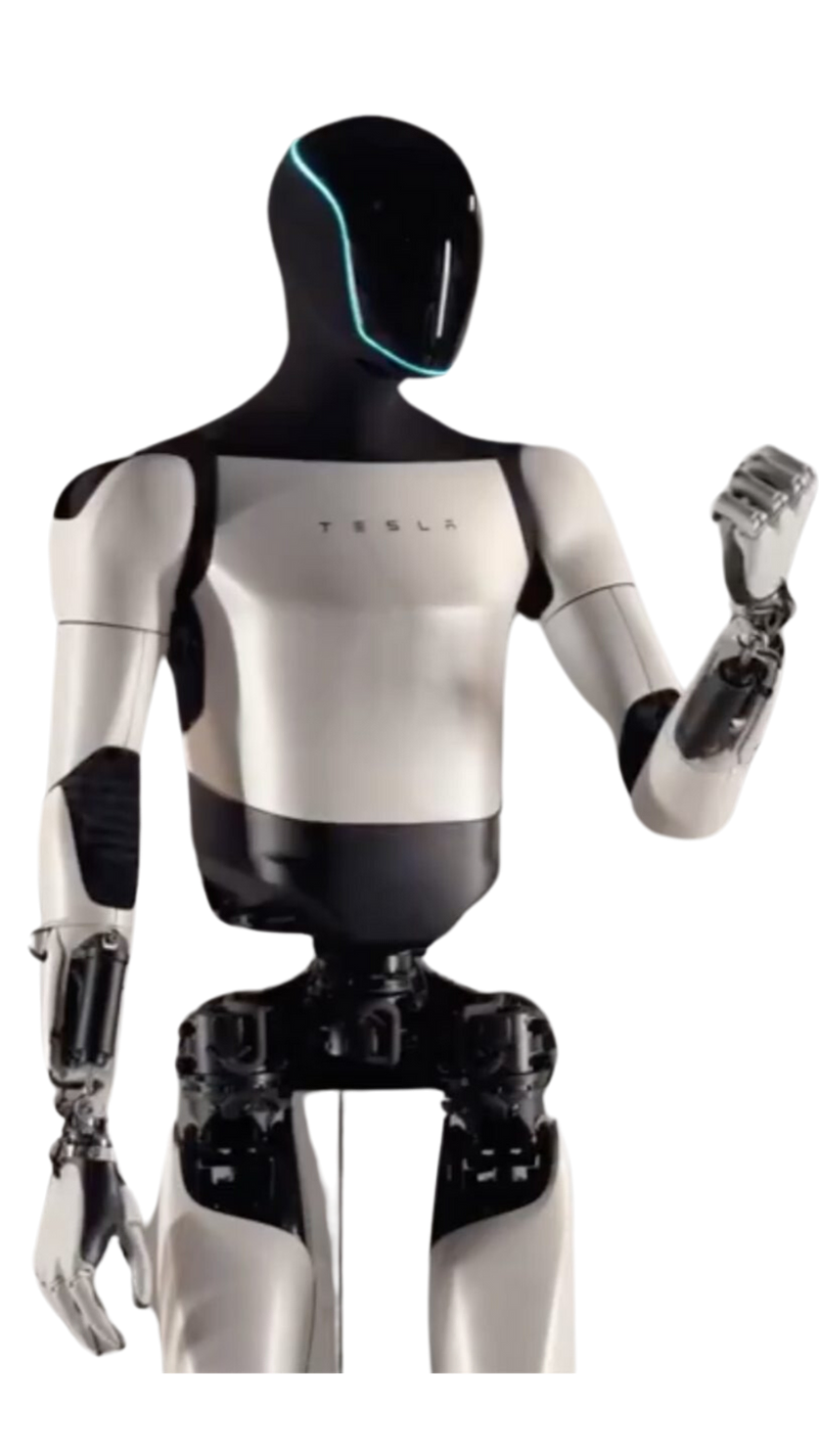Navigating the Automation Revolution in Aerospace Composite Manufacturing
- Aditya Verma
- Feb 22, 2024
- 6 min read
TLDR Introduction to Aerospace Composite Manufacturing Challenges Pain Points in Traditional Composite Manufacturing Advancing Automation in Aerospace Composites Automated Solutions Transforming Aerospace
Introduction to Aerospace Composite Manufacturing Challenges

Over the past decades, composites have emerged as the material of choice for the aerospace industry, driven by their significant advantages over traditional materials. The global composite market, valued at USD 23.8 billion in 2020, is projected to grow to USD 41.4 billion by 2025, at a compound annual growth rate of 11.7%. This growth is largely attributed to the increased utilization of advanced lightweight composite materials, such as carbon fiber reinforced plastic (CFRP), in aero structure components of commercial aircraft programs. Composites offer promising weight reduction—up to 50%—tailor-made design capabilities, high impact resistance, high damage tolerance, and the ability to avoid galvanic corrosion problems unlike metals.
The aerospace sector's growing demand has been met with a significant uptake in composite materials for aerospace applications, as evident in recent years. However, to meet future demands, experts from academia and industry agree that the level of automation in aerospace composite manufacturing process chains needs improvement. The focus so far has been on automating siloed operations, with limited attention to end-to-end integration of process chains. This lack of integration leads to inefficiencies, rising operational costs, and low productivity.
Airbus's Global Market Forecast for 2019–2038 highlights the addition of more than 39,000 new aircraft to meet demand and replace over 14,000 from existing fleets. With the number of composite parts in aircraft increasing rapidly, the transition from nest production to production-line manufacturing demands automated mass production. Holmes identified composites as a critical area for increasing overall aircraft manufacturing throughput.
Despite these challenges, traditional manufacturing techniques still widely used in aerospace composites are labor-oriented, time-consuming, or costly, and full automation in composite manufacturing has not been realized. The literature focuses on specific technologies like Automated Fiber Placement (AFP) and Automated Tape Layup (ATL), but there's a limited focus on ramping up automation across the entire process chain with novel digital technologies. Pain Points in Traditional Composite Manufacturing
Traditional composite manufacturing in the aerospace industry faces several critical challenges that hinder its efficiency and scalability. These challenges are deeply rooted in the manual labor-intensive processes, issues with quality consistency, scalability of production, and environmental concerns. This section explores these pain points in detail, using information derived from the document on aerospace composite manufacturing automation.

Manual Labor Intensity: Early manufacturing processes involved high manual interventions, including manual ply cutting, tool preparation, hand layup of prepreg, manual trimming, and processing. The layup process, in particular, requires highly skilled labor, with product quality depending significantly on individual talent. Despite advancements, manual processes still play a significant role in the composite manufacturing industry, particularly in the creation of complex secondary structures and large primary composite structures from CFRP.
Quality Consistency: The reliance on manual skills and individual talent introduces variability in the product quality. Mastering manual layup techniques, considered a 'black art,' requires extensive training alongside experienced craftsmen, making it difficult to ensure consistent quality across products and batches.
Production Scalability: The transition from nest production to production-line manufacturing demands automated mass production to meet the growing demand for composite parts in aircraft. However, the existing processes, developed in silos, lack integration with subsequent manufacturing steps, leading to inefficiencies in scaling up production to meet the aerospace sector's needs.
Environmental Concerns: While the document does not explicitly detail environmental concerns, traditional composite manufacturing processes, especially those involving manual interventions and chemical processes, pose significant environmental challenges. These include waste generation, energy consumption, and the use of hazardous materials.
Advancing Automation in Aerospace Composites

The aerospace industry is on the cusp of a significant transformation, driven by the need for increased automation in composite manufacturing processes. This shift is crucial for meeting the rising demand for composite materials, characterized by their lightweight and strength, which are increasingly used in aircraft construction. The research methodology adopted to explore this transformation includes a pre-study, task categorization, and automation level assessment, aiming to understand how automation can be leveraged effectively.
Research Methodology
Pre-Study: An extensive literature review was conducted, tapping into well-known research databases and Google Scholar, to grasp the current state of automation in composite manufacturing. This review identified key areas lacking in automation and highlighted the need for a holistic view of the entire process chain.
Task Categorization and Process Mapping: Tasks within the manufacturing process chain were identified and categorized into core-process tasks and sub-process tasks. Core-process tasks are direct value-adding activities essential for transforming raw materials into finished products, while sub-process tasks are auxiliary, generally not adding direct value but crucial for supporting the core processes.
Level of Automation (LOA) Assessment: An established LOA taxonomy was applied to evaluate the automation level of identified tasks. This taxonomy differentiates tasks based on their automation level, from manual operations to fully automated and autonomous systems, and is crucial for pinpointing areas where automation can be enhanced to improve efficiency and productivity.
Key Findings
The study reveals a disparity in the automation level across different tasks within the process chains. While some core-process tasks have achieved a moderate level of automation, many sub-process tasks remain largely manual, highlighting a significant gap in achieving end-to-end automation.
The analysis identifies the need for a shift towards integrating novel digital technologies throughout the process chain, emphasizing the importance of both horizontal and vertical integration to achieve the ideals of Industry 4.0.
It's evident that current automation efforts in aerospace composite manufacturing are fragmented, with a focus on automating individual tasks rather than considering the process chain holistically. This approach has led to inefficiencies and a lack of seamless integration between different stages of manufacturing.
Automated Solutions Transforming Aerospace
The transition towards fully automated aerospace composite manufacturing processes is a complex journey marked by the integration of various advanced technologies. This section delves into detailed findings on automated manufacturing technologies such as Autoclave Molding, Filament Winding, Automated Tape Layup (ATL), Automated Fiber Placement (AFP), Resin Transfer Molding (RTM), and Pultrusion, illustrating how they address traditional manufacturing challenges.
Autoclave Molding (AM)
AM utilizes vacuum, heat, and pressure to mold parts or assemblies from prepreg materials. Modern systems employ automated ply cutting with computerized nesting algorithms to optimize material utilization and automated ply placement technologies to enhance precision and reduce labor.

Filament Winding (FW)
FW involves winding fibers onto a mandrel, which can be automated to achieve high production rates. Despite automation in winding, manual tasks persist in material setup and mandrel preparation, indicating areas for further automation.

Automated Tape Layup (ATL) and Automated Fiber Placement (AFP)
ATL and AFP technologies represent significant advancements in automating the layup of composites. ATL machines lay down wide tapes on flat or single curvature surfaces, whereas AFP machines place narrower tapes or tows, allowing for the creation of complex shapes with optimized fiber orientations. Both processes still involve manual steps, especially in material handling and preparation, suggesting room for improvement in achieving end-to-end automation.
Resin Transfer Molding (RTM)
RTM offers a cost-effective, out-of-autoclave process with potential for high degrees of automation, especially in automotive applications. The process involves placing dry fabrics into molds, injecting resin, and curing. While RTM is gaining traction in aerospace for manufacturing components like rudders and doors, automation levels vary, particularly in preform preparation and resin handling.
Pultrusion
Pultrusion is an automated process for producing components with constant cross-sectional profiles. It combines continuous fiber impregnation with thermosetting resin and pulling through a heated die. Despite its automation in continuous production, subsequent steps like post-curing and quality inspection may require manual intervention.
References We extend our heartfelt thanks to Deepesh Jayasekara, Nai Yeen Gavin Lai, Kok-Hoong Wong, Kulwant Pawar, and Yingdan Zhu for their invaluable contributions to the field of aerospace composite manufacturing. Their research and findings have significantly enhanced our understanding and have been instrumental in crafting this blog post. Their dedication to advancing automation in aerospace composites is truly appreciated and deserves recognition.
What's Next!

Discover the future of composite manufacturing with Addcomposites! Here's how you can get involved:
Stay Informed: Subscribe to our newsletter to receive the latest updates, news, and developments in AFP systems and services. Knowledge is power, and by staying informed, you'll always have the upper hand. Subscribe Now
Experience Our Technology: Try our cutting-edge simulation software for a firsthand experience of the versatility and capability of our AFP systems. You'll see how our technology can transform your production line. Try Simulation
Join the Collaboration: Engage with us and other technical centers across various industries. By joining this collaborative platform, you'll get to share ideas, innovate, and influence the future of AFP. Join Collaboration
Get Hands-On: Avail our educational rentals for university projects or semester-long programs. Experience how our AFP systems bring about a revolution in composite manufacturing and leverage this opportunity for academic and research pursuits. Request for Educational Rental
Take the Next Step: Request a quotation for our AFP systems. Whether you're interested in the AFP-XS, AFP-X, or SCF3D, we are committed to offering cost-effective solutions tailored to your needs. Take the plunge and prepare your production line for the next generation of composite manufacturing. Request Quotation
At Addcomposites, we are dedicated to revolutionizing composite manufacturing. Our AFP systems and comprehensive support services are waiting for you to harness. So, don't wait – get started on your journey to the future of manufacturing today!





Comments